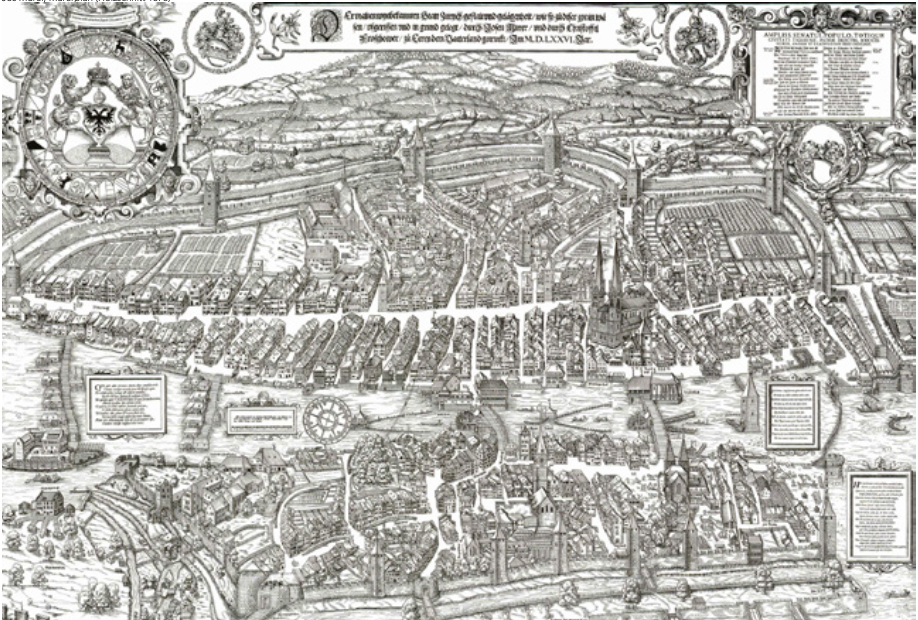
City Border, Murer Plan
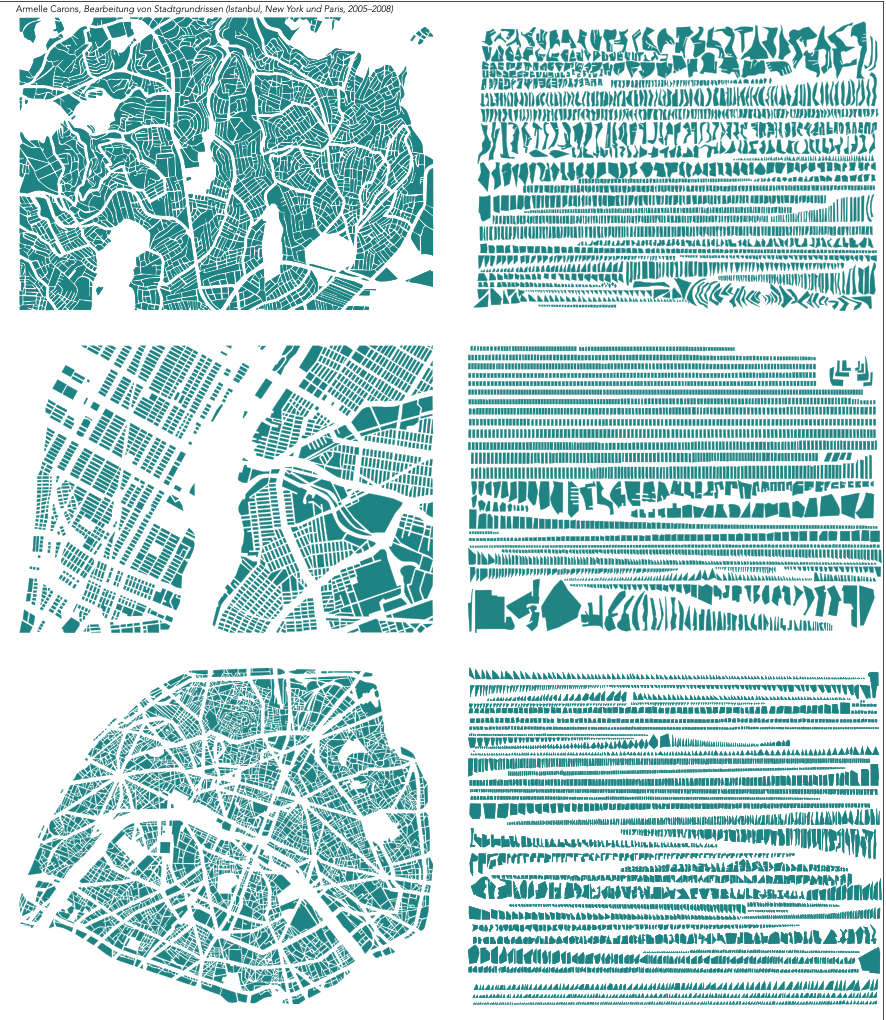
City Fabric, Armelle Caron
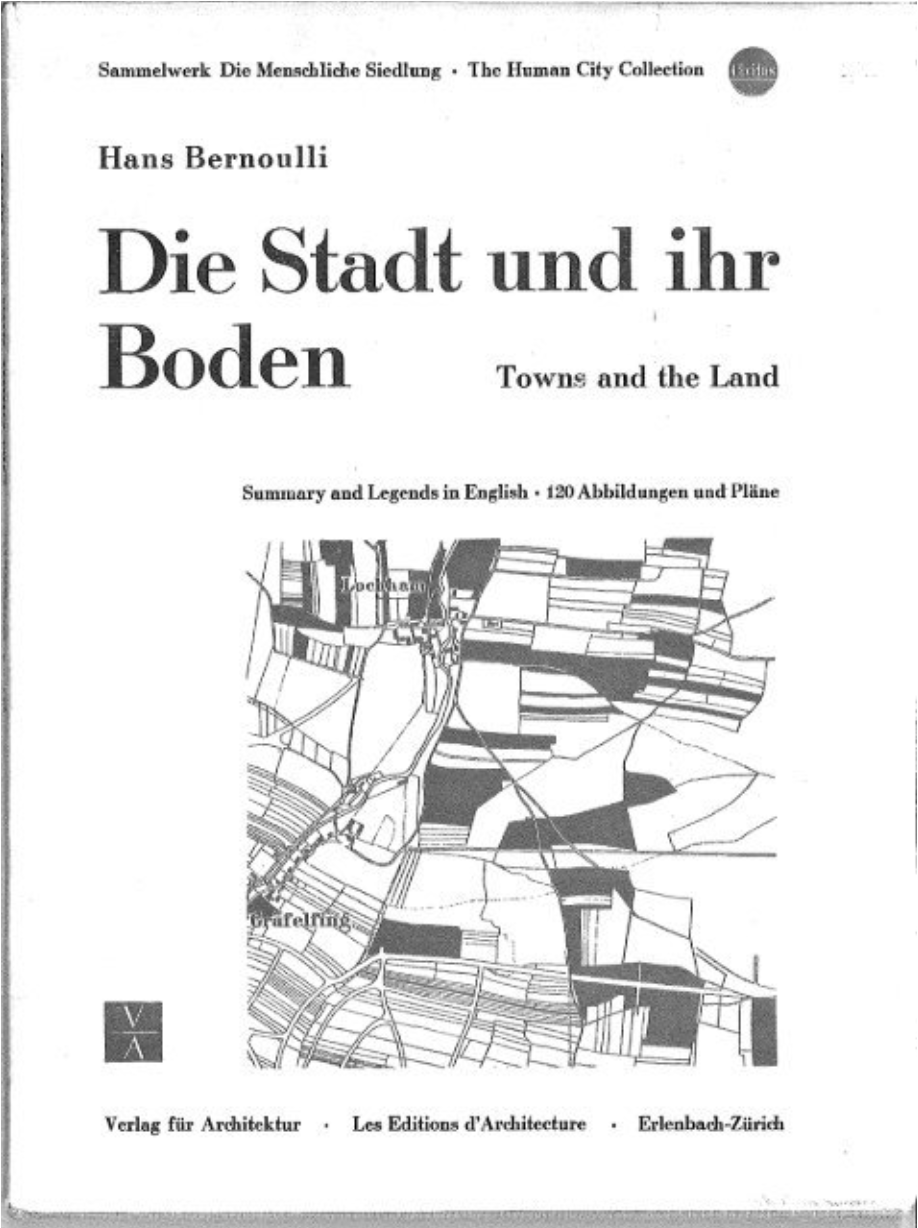
Property, Bernoulli's Land Reform
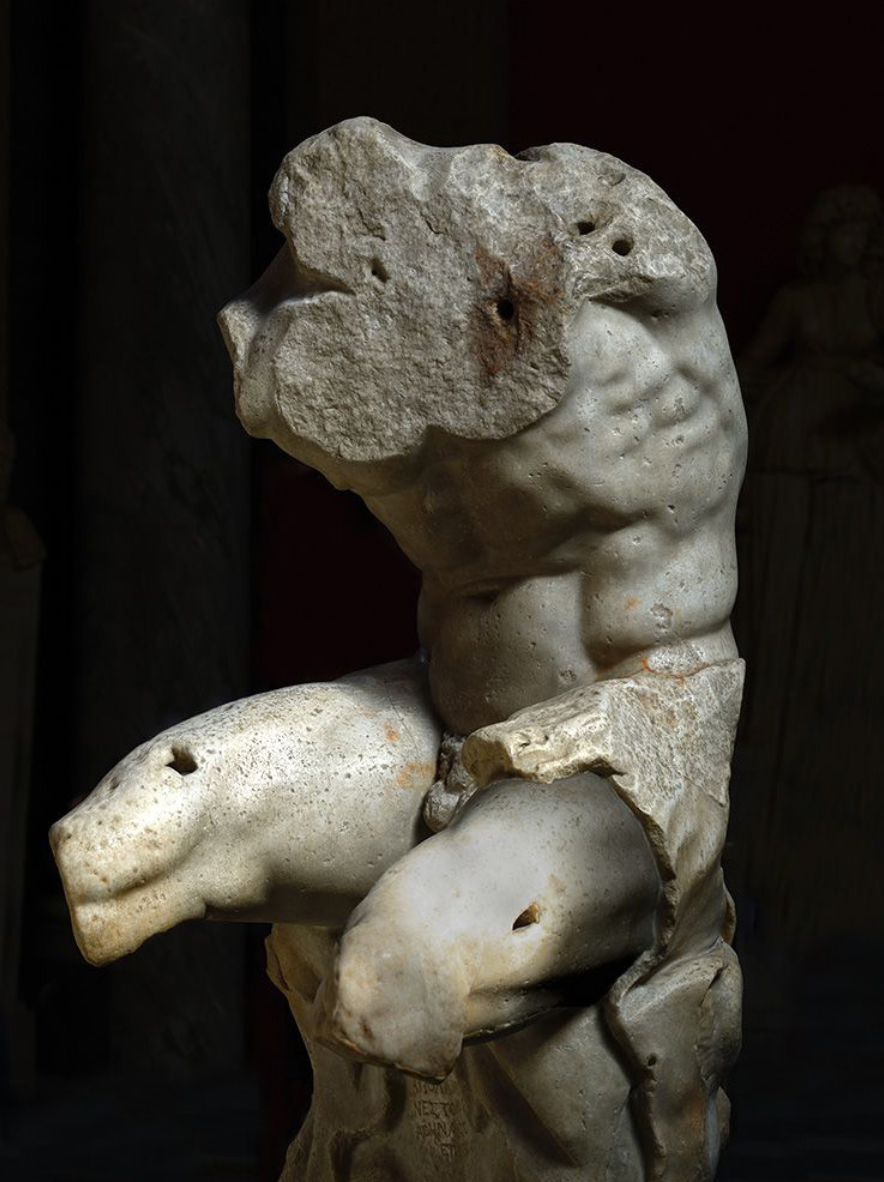
Fragment and Totality, Belvedere Torso
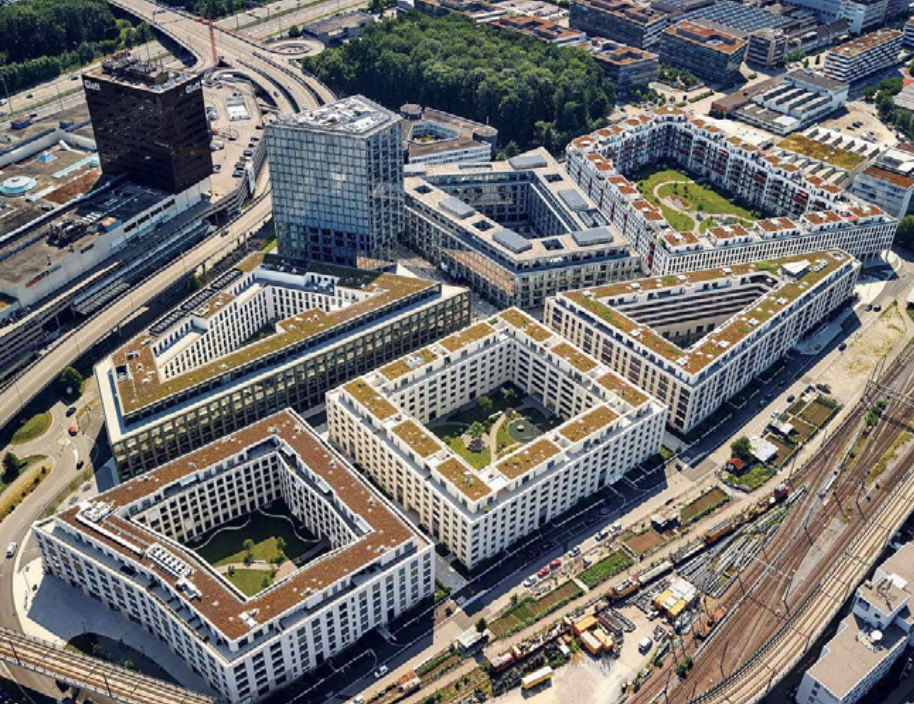
Islands - Richti Areal
Cities legally consist of a determined number of parcels of land, although they can barely be described as one entity (1). The city border has lost its visibility in the experience of the citizen, but it binds plots legally together and offer the owners equal privileges. Initially, the size of the plots shaped the scale of the city. Small plots resulted in a small grained built fabric, such as the old town, while big plots allowed for large scale developments, such as cooperative owner structures in the beginning of the 20th century. (2) Transforming today’s cities make invisible property lines visible again. Your neighbor’s new construction project might reveal the relationship of property (3) and the material presence of your neighborhood. But property and built fabric are not necessarily coherent anymore, unfolding the fragmentary character of the city.
The fragment as a concept of the aesthetic discourse in the romantic period allows us to differentiate our understanding of transforming the city’s fabric. Friedrich Hölderlin states in Hyperion: “Der Künstler ergänzt den Torso sich leicht”. The fragment provokes the imaginary whole in our minds. Consequently, the fragment per se implies the existence of a whole – as a beginning or a remnant.
Juxtaposing this concept with the development of Zurich in the last 20 years, it is surprising to see that the aesthetic quality of the fragment has not found real acceptance yet. While many development projects unintentionally produced fragments, projects such as Richti Areal or Limmatfeld were intended as coherent unities – but only within themselves. Using the metaphor of a torso, they implemented a full body at the scale of a torso’s missing hand.
In recent years, these developments have been highly criticized as “Inselurbanismus”, relating these projects through their typology to social and economic tendencies of segregation. (5) Critics argued, that the typological continuity of the city’s progression had been interrupted. The metaphor of an island, which Ungers introduced to restructure the urban fabric of a shrinking city in the 1970s, is - in the case of Zurich as a prospering city - being used as a critique.
It seems to be the case, that by stressing the coherence of a development, the fragmentary character of it increases. On the contrary, aiming for a fragmentary development from the start might strengthen the city as a whole.
Having this in mind, what would happen if we would value the potential of fragmented urban space? Could the metaphor of a torso might help us to free ourselves from the schizophrenic desires of coherency from the last 20 years and strengthen our cities an entity?